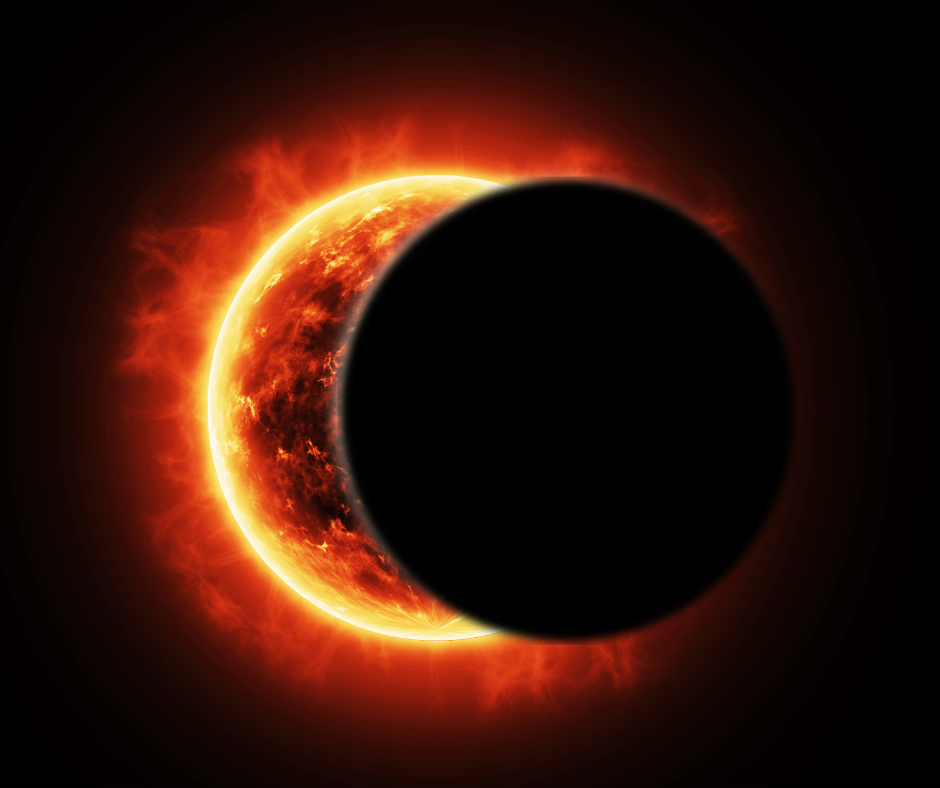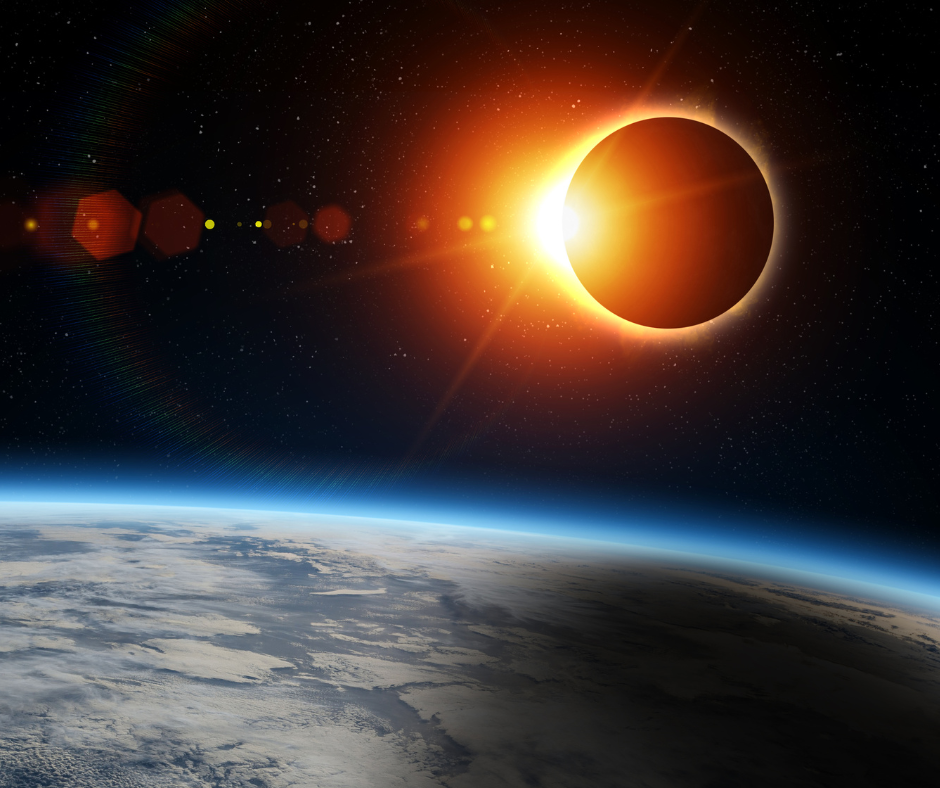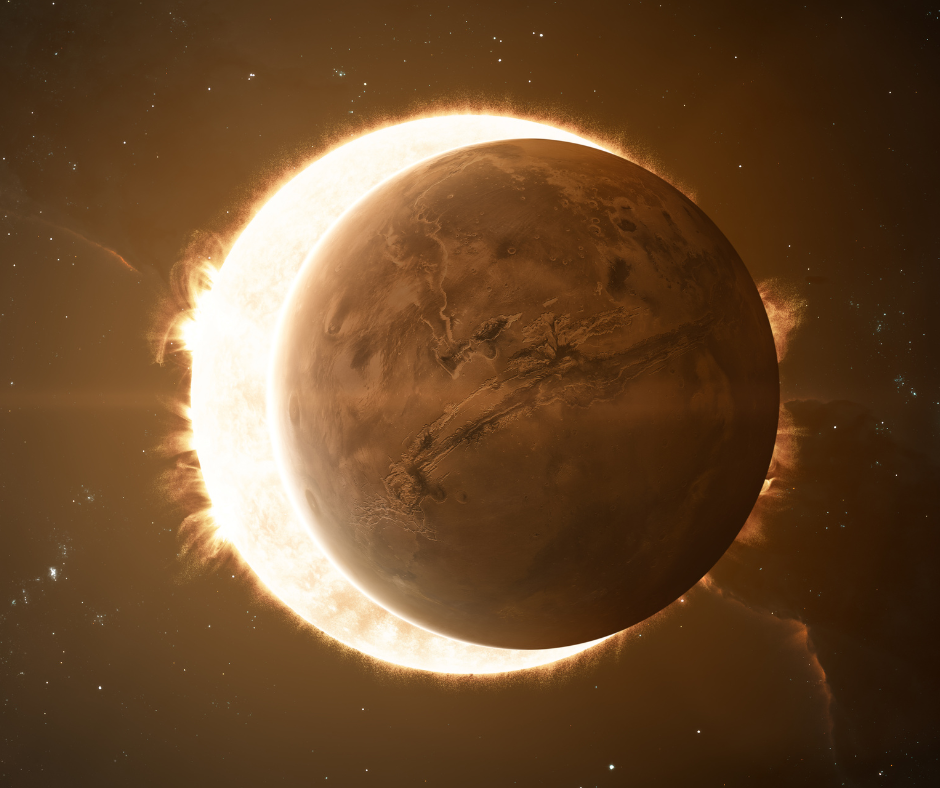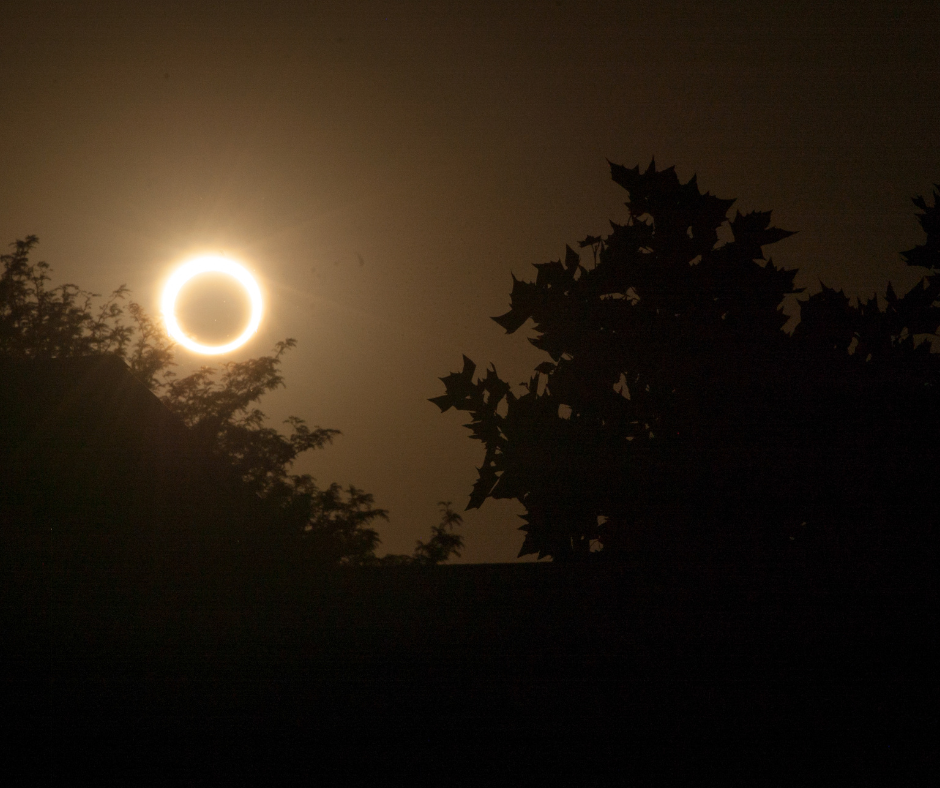There are no items in your cart
Add More
Add More
| Item Details | Price | ||
|---|---|---|---|

Embrace the extraordinary as the Moon cloaks the Sun in a spectacular daytime darkness, 2024 Solar Eclipse.
Mon Jan 22, 2024
"Prepare to be awed - The 2024 Eclipse: A celestial marvel sweeping across the US, turning day into twilight."
On April 8, 2024, a breathtaking astronomical event will occur: a total solar eclipse will cross North America. This rare celestial spectacle, where the Moon completely obscures the Sun, revealing its enigmatic corona, will offer millions an opportunity to witness a phenomenon that has fascinated humanity throughout history.
The eclipse's path of totality, where the eclipse is total, will traverse a significant portion of North America. Starting from Mexico, it will sweep across the United States, passing through states like Texas, Ohio, and Maine, before continuing its journey through parts of Canada, including Ontario and Newfoundland.
While the total eclipse will be visible in select areas, various degrees of a partial eclipse can be observed in parts of Central and South America, broadening the audience of this spectacular event.
The eclipse will unfold over several hours, with specific timings varying by location. In the United States, for instance, totality will begin around 1:27 PM CDT in Texas and conclude by 3:35 PM EDT in Maine. The total phase can last up to an impressive 4 minutes and 27 seconds, making it a prolonged experience compared to the 2017 eclipse.

Safety is paramount when observing a solar eclipse. The only time it's safe to look directly at the Sun is during totality. For all other phases, special-purpose solar filters, like eclipse glasses, are a must to protect your eyes.
Eclipses are not just visually stunning; they offer invaluable opportunities for scientific study. The 2024 eclipse will allow scientists to observe and analyze the Sun's corona, enhancing our understanding of our closest star.
The success of eclipse viewing largely depends on weather conditions. Areas with lower cloud cover, especially in southern regions like Mexico, will offer better viewing opportunities. Be sure to check local forecasts as the date approaches.
While partial solar eclipses are relatively common, total eclipses are rare treasures. After the 2024 event, the next total solar eclipse in North America won't occur until August 12, 2026, highlighting the uniqueness of this opportunity.
To make the most of this event, plan ahead. Ensure you have the proper viewing equipment and consider traveling to a location within the path of totality for the full experience. Remember, a total eclipse is a natural wonder worth seeing at least once in your lifetime!
The April 8, 2024, solar eclipse promises to be an unforgettable experience, combining the awe of celestial mechanics with the beauty of a cosmic ballet. Whether you're a seasoned astronomer, a curious onlooker, or someone looking for a unique experience, this eclipse is not to be missed. Prepare to be awed by the grandeur of the cosmos!

SAMEER KUMAR